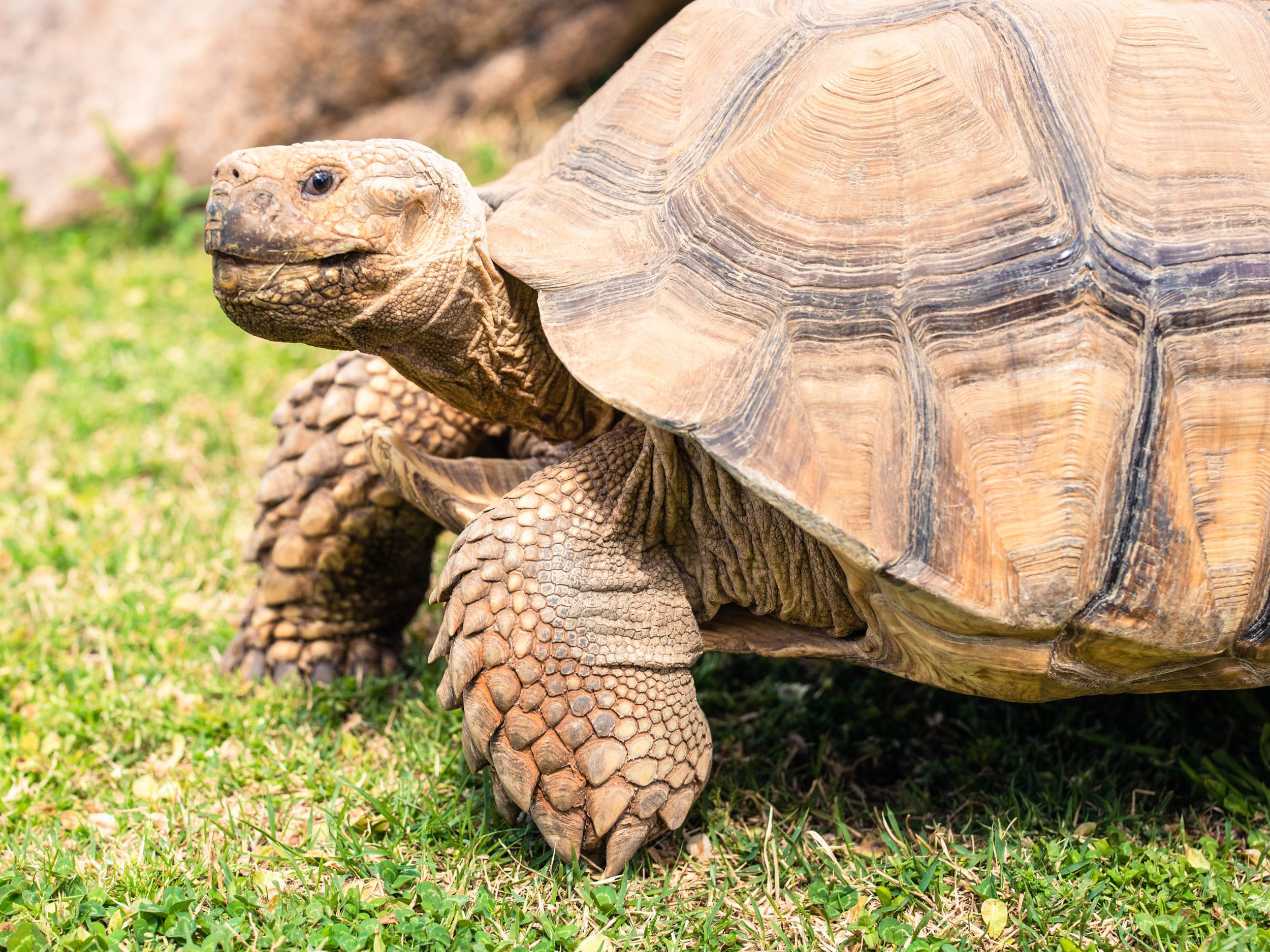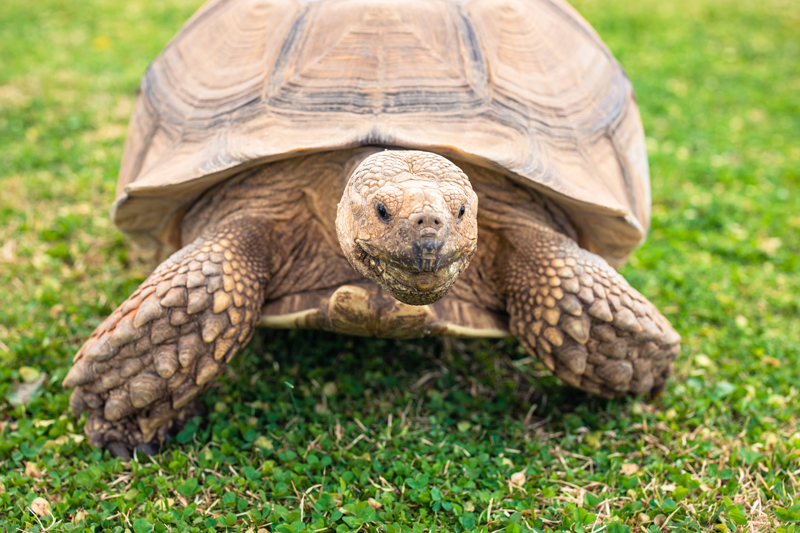African Spurred Tortoise
Also known as sulcatas, these reptiles are the third largest tortoises in the world!
Day of Creation: six
Biblical Kind: tortoise (includes all tortoise species)
Status: vulnerable
Length: 2–3 feet
Weight: 100–250 pounds
Habitat: southern Sahara Desert and Sahel of Africa
Lifespan: 80–100 years
Diet: grasses, succulent plants, flowers, fruits, and occasional proteins
Family Life: solitary
Reproduction: 5–30 eggs hatch after three- to eight-month incubations (dependent on weather)
Fun Facts
Although they both have shells, tortoises are not related to any of the multiple turtle kinds. Tortoises are land-dwelling animals and have heavy domed shells and thick stumpy feet. Turtles dwell in or around the water and have flat streamlined shells and webbed feet or flippers. Although box turtles behave like tortoises, they belong to the pond turtle kind.
The shells of both turtles and tortoises are attached to their bodies by their vertebrae and ribcages. That means they can feel through their shells.
African spurred tortoises are named for the large conical spurs on their thighs. When threatened, they can tuck their heads and tails inside their shells and block them off with their spiky legs, making them impenetrable to most predators.
These tortoises are excellent diggers and will bury themselves in tunnels over 10 feet deep to hide during the heat of the day.
African spurred tortoises can go several weeks without food or water, as their thick skin prevents water loss. They can then drink up to 15% of their body weights at once!


